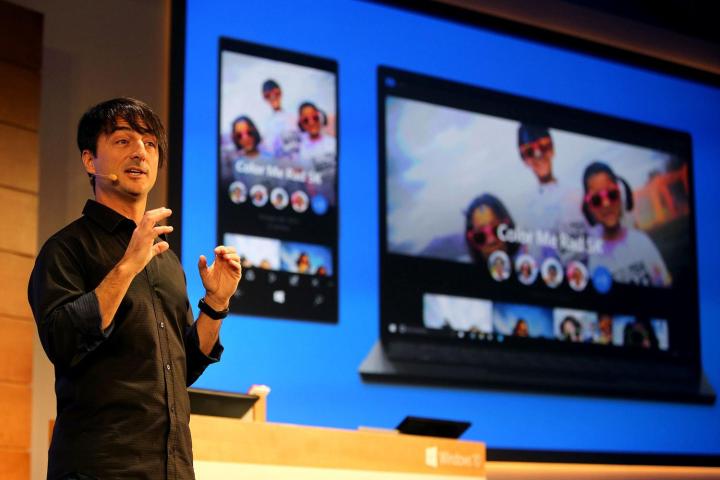
It’s a bit of an awkward situation, both because Belfiore once poked fun at the iPhone during an on-stage event, and of course, because he heads up another major smartphone producer doesn’t help either. But then again, given that he’s currently taking a year off from his post at Microsoft, it’s not a huge surprise that he’s not a walking advertisement for the Seattle-based firm. And really, if you think about it, given the extreme market dominance the iPhone has exhibited over the last few years, it can’t be that surprising that even executives of other companies are jumping on the bandwagon.
Belfiore himself commented on The Verge’s coverage of the contentious iPhone usage, noting that he decided to jump into the conversation because it’s “useful for anyone working in tech … or ASPIRING to work in tech … to think about the trade-offs involved in what somehow appears as a ‘dramatic’ decision.”
As a leader of a competitive company, Belfiore points out, it’s “very important … to understand products like the iPhone and Android phones, which are heavily used by PC users around the world, and which represent the competition for Windows Phone. Consumers and business users expect their PCs and phones to work in concert — so to satisfy our customers we need to consider the devices they use AS WELL AS the devices we’d like them to use.”
Indeed, the exec notes, “you have to live in” various tech ecosystems to fully understand them, which often means becoming an actual full-time user, not just a tester who “plays around” with different devices for a couple days at a time.
And perhaps most importantly, he writes, “there’s a lot of work happening at MS which integrates Windows PCs with iOS and Android devices — like bringing Cortana to these phones so your intelligent assistant can help you wherever you are.” So of course he’s using an iPhone — it’s all part of the business plan.
It’s not just the iPhone Belfiore is experimenting with — he has also acknowledged that he is spending time with Google Maps, Spotify, Periscope, a MacBook, a Nexus phone, and other competitive products.
Editors' Recommendations
- This one Apple Fitness feature completely changed how I exercise
- Nomad’s new iPhone case and Apple Watch band may be its coolest yet
- 5 phones you should buy instead of the iPhone 15
- Why you should buy the iPhone 15 Pro instead of the iPhone 15 Pro Max
- iPhone SE 4: news, rumored price, release date, and more


